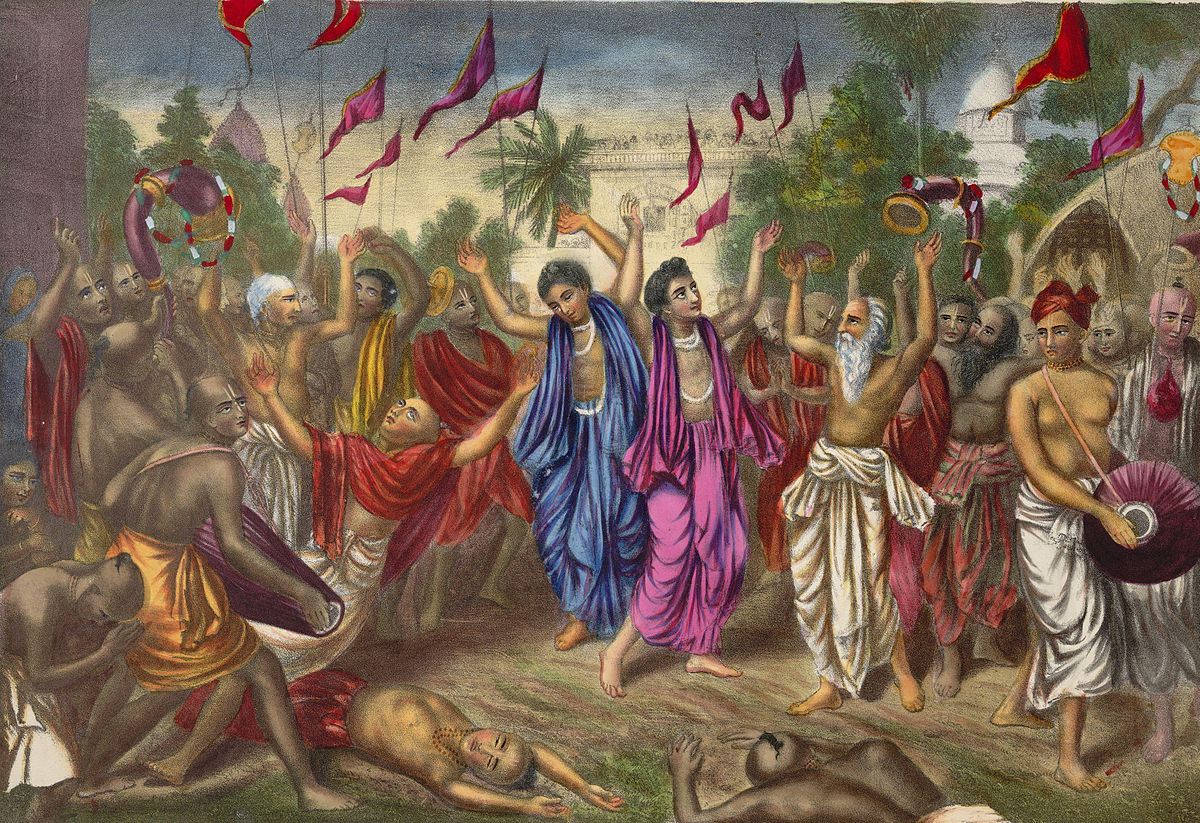
Bhakti Movement
South IndiaThe Bhakti movement was a significant religious movement in medieval Hinduism that sought to bring religious reforms to all strata of society by adopting the method of devotion to achieve salvation. It was prominent since 7th-century in south India, and spread northwards. It swept over east and north India from the 15th century onwards, reaching its zenith between the 15th and 17th century CE.
The Bhakti movement regionally developed around different gods and goddesses, and some sub-sects were Vaishnavism (Vishnu), Shaivism (Shiva), Shaktism (Shakti goddesses), and Smartism. Bhakti movement preached using the local languages so that the message reached the masses. The movement was inspired by many poet-saints, who championed a wide range of philosophical positions ranging from theistic dualism of Dvaita to absolute monism of Advaita Vedanta.
The movement has traditionally been considered an influential social reformation in Hinduism in that it provided an individual-focused alternative path to spirituality regardless of one's birth or gender. Contemporary scholars question whether the Bhakti movement ever was a reform or rebellion of any kind. They suggest the Bhakti movement was a revival, reworking, and recontextualization of ancient Vedic traditions. Bhakti refers to passionate devotion (to a deity).
Scriptures of the Bhakti movement include the Bhagavad Gita, Bhagavata Purana and Padma Purana.
Ask Herodotus
HistoryMaps Shop

Heroes of the American Revolution Painting
Explore the rich history of the American Revolution through this captivating painting of the Continental Army. Perfect for history enthusiasts and art collectors, this piece brings to life the bravery and struggles of early American soldiers.








